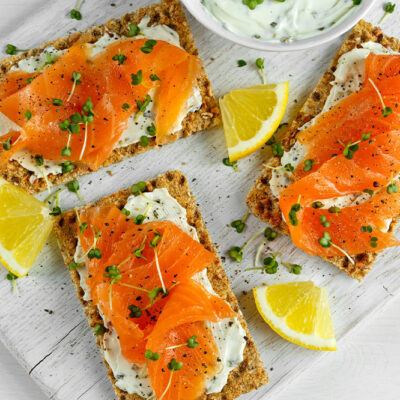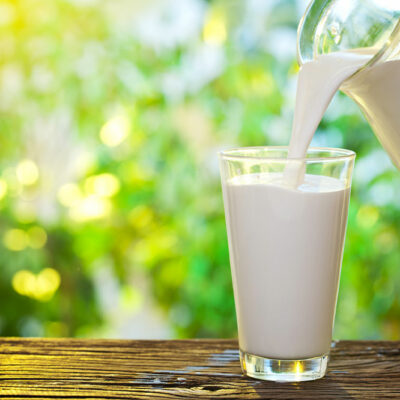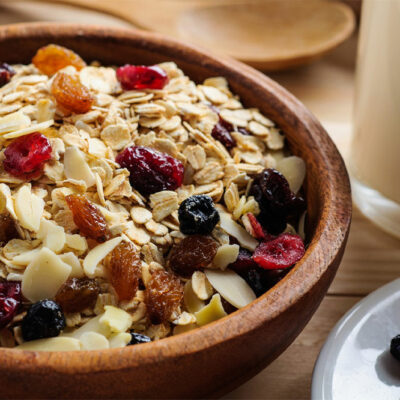
health
Must-have foods for healthy and glowing skin
There are plenty of face creams and products to make your skin healthy and glowing. But beautiful and healthy skin comes with the right nourishment. The human body is constantly shedding old cells and replacing them with new ones. To support this process, a supply of essential minerals is important. This comes with eating the right kind of food. Here’s a list of five foods that will keep your skin healthy and glowing. Bananas Bananas are a great food source to get healthy, glowing, and oil-free skin. They are rich in potassium and vitamins E and C, which are known to give glowing skin. These compounds are powerful exfoliators and help remove excess sebum from the surface of your skin. Bananas also help treat acne. Apply the inside of the peel onto the acne to destroy harmful bacteria and reduce inflammation. Fish Fish like salmon, mackerel, and herring are rich in omega-3 fatty acids that help keep the skin blemish-free and supple. They help fight inflammation and reduce dryness, redness, and acne. Sardines, on the other hand, are excellent sources of vitamin B12 that play a major role in skin cell reproduction. Avocados Avocados are full of healthy fats and vitamin E.




















